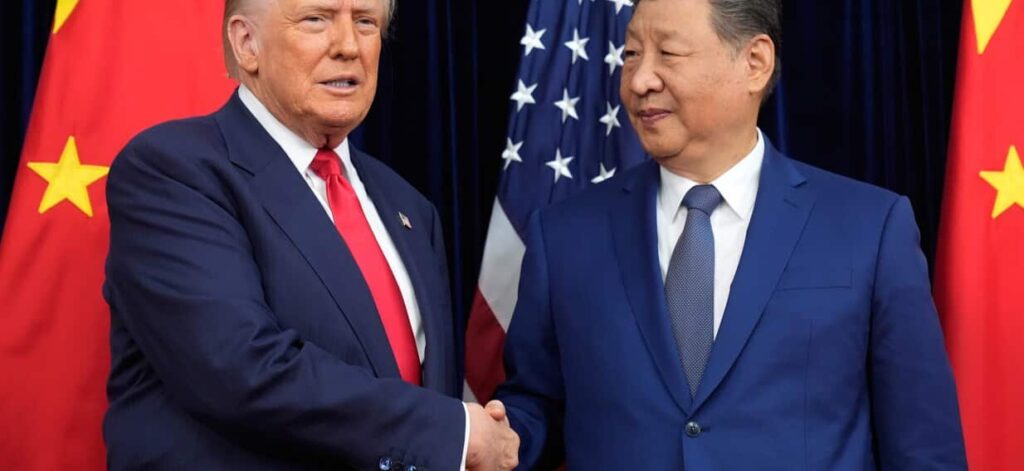
Chinese President Xi Jinping and US President Donald Trump concluded their meeting in Busan, South Korea, without addressing the press, leaving many questions about the future of US-China relations. The encounter took place on the sidelines of the Asia-Pacific Economic Cooperation (APEC) summit, where trade tensions between the two largest economies have escalated recently.
As both leaders prepared for talks, Trump expressed optimism about the outcome, stating, “We are going to have a very successful meeting, I have no doubt. But he is a very tough negotiator.” He mentioned the possibility of signing a trade deal on Thursday, highlighting the importance of this dialogue.
During the meeting, Xi acknowledged the inherent frictions that can arise between the world’s leading economies. “A few days ago, our two economic and trade teams reached a basic consensus on addressing our respective major concerns and made encouraging progress,” he noted through a translator. This exchange underscores the complexities of their interactions, where optimism is often tempered by underlying tensions.
Trade Tensions and Regional Dynamics
Earlier in the day, Australian Prime Minister Anthony Albanese, also attending the summit, expressed hope for a truce in ongoing trade conflicts. He emphasized the significant roles the US and China play as major economic powers in the region, stating, “We want to see less tension in trade, and we want to see a positive outcome going forward.”
Despite the positive rhetoric, analysts caution that both nations are increasingly adopting hardline stances on economic and geopolitical issues, leading some to describe the situation as a new Cold War. Recent developments have included China’s proposal to expand restrictions on exports of rare earth minerals, a sector it dominates. In response, Trump threatened to impose additional tariffs of up to 100 percent on Chinese exports, along with potential restrictions on US-made software used in Chinese products. Such measures could significantly disrupt the global economy.
In a social media post prior to arriving in Busan, Trump announced that the “G2 will be convening shortly,” and indicated an intention to increase nuclear weapons testing in light of China’s expanding arsenal. When asked about this statement during the meeting, Trump chose not to comment.
Negotiation Outlook and Strategic Concerns
Following a weekend of intense negotiations among top trade officials, US Treasury Secretary Scott Bessent suggested that China might delay its rare earth export controls for a year and resume purchases of US soybeans, which are critical for American farmers. This potential agreement represents a “substantial framework” that could be finalized by the leaders.
Recent reports indicated that China had purchased its first cargoes of US soybeans in several months, a positive sign ahead of the summit. Nonetheless, deeper issues persist, particularly concerning regional strategic tensions over Taiwan. The island, which China claims as its territory, remains a sensitive subject. While Trump indicated he did not plan to discuss Taiwan’s security with Xi, the situation continues to be a point of contention.
Chinese state media reported that H-6K bombers conducted drills near Taiwan, further heightening concerns about military tensions in the region. US Secretary of State Marco Rubio reassured that Taiwan should not feel anxious about the US-China discussions, although some experts fear that Trump might make concessions regarding the island’s status. The US is legally obligated to provide Taiwan with the means to defend itself, complicating any negotiations.
As the world watches the outcomes of this pivotal meeting, the implications for international trade and geopolitical stability remain uncertain. The relationship between the US and China continues to evolve, shaped by economic interests and regional security concerns.






